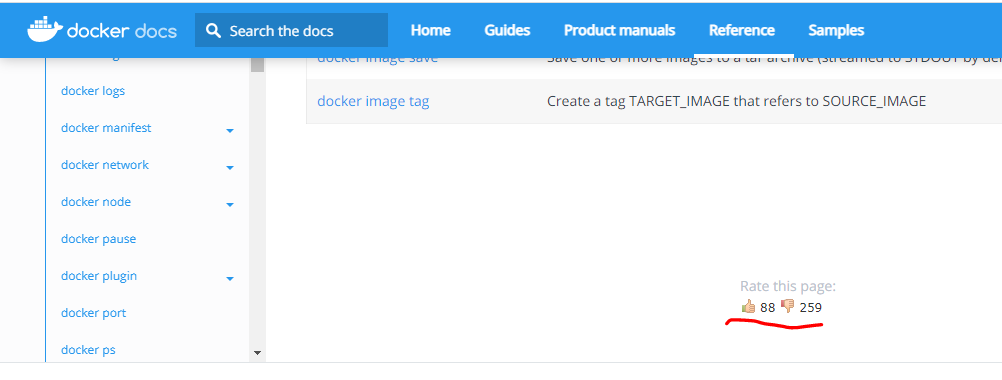
- #Docker remove container silent how to
- #Docker remove container silent apk
- #Docker remove container silent code
- #Docker remove container silent free
Where your_status can be one of the following : created, running, restarting, removing, exited, paused and dead. To first find the list of containers with a specific status, you can use the -filter option of the ‘docker ps’ command in order to filter out those with the required status as follows : This can also work with the names of the containers as well… Removing all containers with a given status Now to remove these containers, issue the command below (docker rm all containers IDs):ĭocker rm ID1 ID2 To remove one or several containers, you would first need to obtain their IDs (or names) using the command
#Docker remove container silent how to
Read: How to install and setup Docker on Linux/Ubuntu 18.04 Removing Containers

On these versions, you can run : docker container prune docker network prune and docker image prune separately in order to delete unused containers, networks and images without suppressing volumes. In older versions, volumes are pruned by default. Note: The –volumes flag was introduced in Docker 17.06.1. To additionally prune volumes as well, you can use the –volumes option as follows : This is to prevent important data from being removed if no container is currently using the volume. Which will also remove all stopped containers and all build cache. Removing unused Docker objectsĭocker offers a command that will remove all unused containers, images (unreferenced and dangling), networks and (optionally) volumes. In this article we will go through some commands which help achieve this clean-up procedure.
#Docker remove container silent free
If these are no longer used or needed they may consume additional disk space.įortunately Docker has a garbage collection mechanism that help remove unused containers, images and data volumes so that it can free up disk space and tidy up your system. Your image command is not wrong and will work once you get the details right.If you have been working with Docker for some time, it is likely that you may have accumulated a high number of images, data volumes as well as containers. Is there an output now?ĭoes the application write to files by any chance? You can navigate there inside the bash and take a look.īetter yet, once you found out what’s going wrong you can try it there and then, so you’re sure that Try to run the command your container is supposed to be running in the bash. Now, you have an interactive bash environment, and can look around without getting kicked out. The –entrypoint parameter makes the container execute /bin/bash, which gets “-s” as CMD, overwriting anything Make sure to replace the $IMAGE_NAME with your image ID or the name of the Here’s an example command: $ docker run -it -entrypoint /bin/bash $IMAGE_NAME -s

Instead of changing the Dockerfile, commenting out lines and rebuilding, you can override both the CMD and ENTRYPOINT commands. Your image is probably configured to directly run your app of choice inside of the container. We want to take our time, run commands and look around. We want to run a container which does not stop and go away. (You could use sh here, but that’s a bit uncomfortable at times). The best way to debug a solo crashing container is to get interactive.
#Docker remove container silent apk
RUN apk add -no-cache bash coreutils grep sed You can add something like the following line to your Dockerfile for now: # If you are using Alpine: Or another equally useless number.įirst, you’ll have the best experience if bash is available in your image. Of a stopped container with $ docker ps -aĪnd finding the most recent one in the output.ĭepending on the exit code, you might have something useful to work with.
#Docker remove container silent code
Try to run your container without the -d flag, or check the exit code If you haven’t checked it yet, this might be a first hint. If you’re working with docker-compose or Docker stack, check out this article first. Without starting over, or making big changes.

The following workflow which will help you figure out why your container won’t start. How close are you to stripping the Dockerfile back to Alpine and starting over? Still, the exit code you keep seeing is 1. To your Dockerfile, disabling non-vital parts just to make it work. Find out Why Your Docker Container Keeps Crashing


 0 kommentar(er)
0 kommentar(er)
